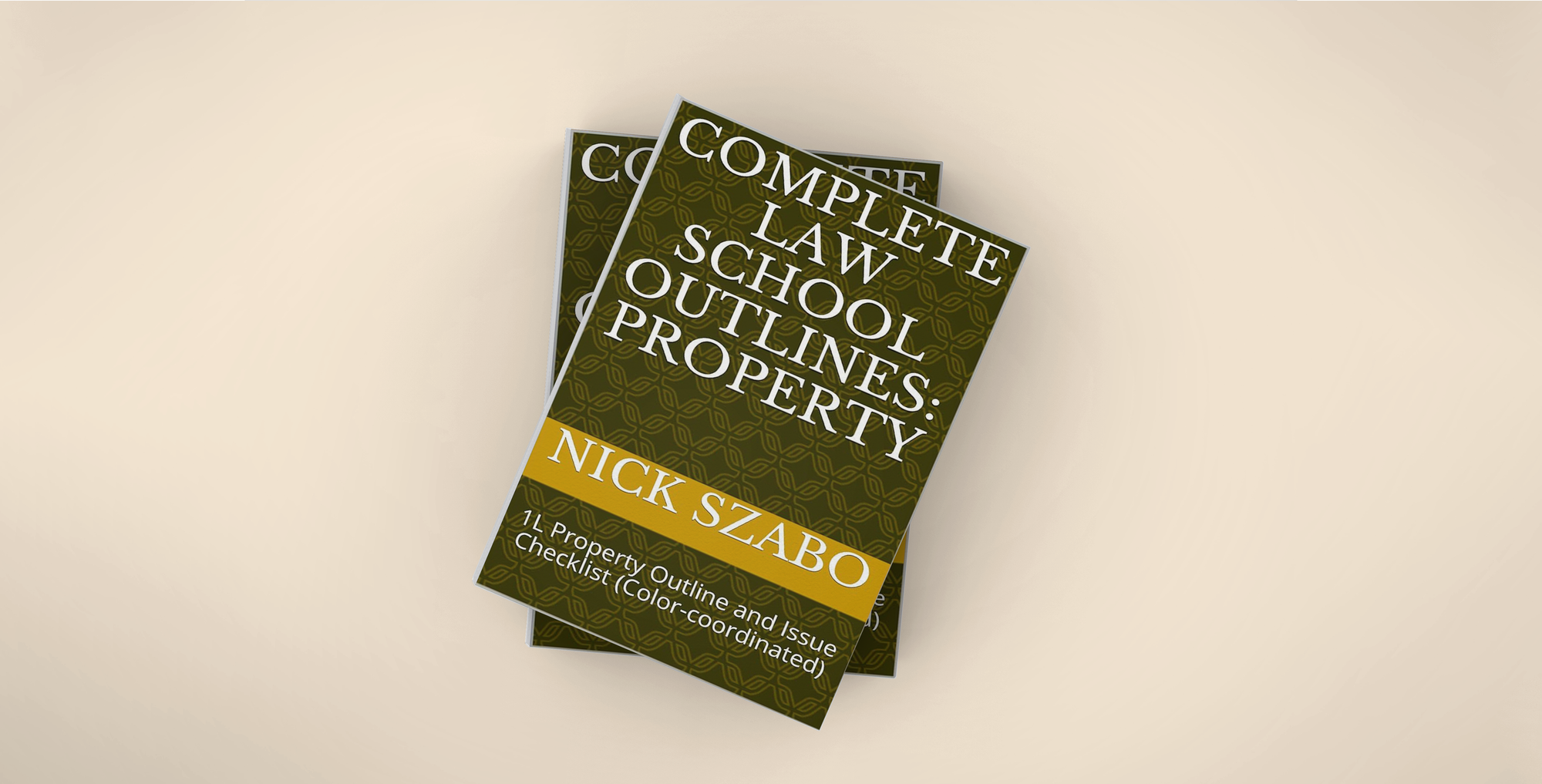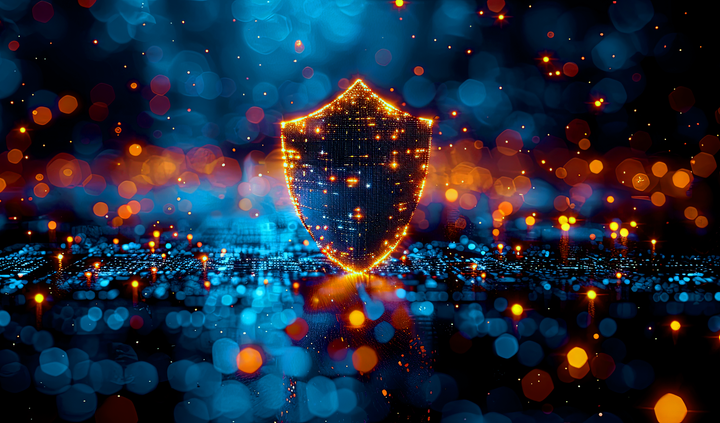Other industries have always influenced wealth management. The principle of "don't put all your eggs in one basket" is believed to have originated with maritime traders in the Middle Ages. Rather than placing all their goods on a single ship, they spread their cargo across multiple ships heading to different destinations. This minimized the chance of total loss if a ship sank and contributed to modern financial portfolio diversification and risk management principles.
As technology advances, new ideas and concepts are increasingly incorporated into wealth management. This also affects families and their wealth. Although forms of family living together have evolved over a long time, modern times have also introduced challenges to their ongoing peace and prosperity. Affluent families facing these challenges often utilize family governance to facilitate communication and make significant decisions to enable the family’s longevity.
Let’s introduce Decentralized Autonomous Organizations (DAOs) in this context. By utilizing blockchain technology and smart contracts, DAOs may provide a modern, transparent, and efficient approach to managing family interactions while maintaining harmony and preserving wealth. This article examines DAOs in more detail and discusses how modern families can use them to ensure long-term cohesion and wealth preservation.
| EXPLORING DECENTRALIZED AUTONOMOUS ORGANIZATIONS
When Vitalik Buterin, the founder of Ethereum, published the Whitepaper “Ethereum: A Next-Generation Smart Contract and Decentralized Application Platform” in 2014, alongside advanced blockchain applications such as decentralized exchanges, financial derivatives, and on-blockchain identity, he highlighted the importance of smart contracts as systems that automatically move digital assets according to arbitrary pre-specified rules. For Buterin, their logical extensions were Decentralized Autonomous Organizations (DAOs), long-term smart contracts that contain an organization's assets and encode its bylaws.

In straightforward terms, a DAO is built on two essential components: a blockchain and smart contracts. Distributed Ledger Technology (DLT), like blockchain, enables a consensus on given circumstances between participants without a centralized controlling and trustworthy authority. A peer-to-peer network of nodes builds a decentralized and immutable ledger where transactions are bundled in blocks linked with each other to a chain. In other words, a blockchain represents an interconnected web powered by cryptography and validity rules to implement an endurable ledger based on a consensus mechanism. Since the structure does not need a central authority to reach a consensus on the ledger's state, it is often called a trustless environment.
Smart contracts play an essential role in operating such arrangements. In 1994, Nick Szabo, a computer scientist, legal scholar, and cryptographer, defined them as follows: “A smart contract is a computerized transaction protocol that executes the terms of a contract. The general objectives of smart contract design are to satisfy common contractual conditions (such as payment terms, liens, confidentiality, and even enforcement), minimize exceptions both malicious and accidental, and minimize the need for trusted intermediaries. Related economic goals include lowering fraud loss, arbitration and enforcement costs, and other transaction costs”.

Complete Law School Outlines
Included in this outline is a checklist designed to provide a quick reference to legal issues common on law school exams. The outline...
After inventing smart contracts, Szabo proposed the concept of Bit Gold in 1998. This digital currency didn’t need intermediaries, and the double spending problem was addressed to ensure that the same digital currency was only spent once. Ten years later, Satoshi Nakamoto published the "Bitcoin: A Peer-to-Peer Electronic Cash System" whitepaper tackling similar challenges; the rest is history.

“By utilizing blockchain technology and smart contracts, DAOs may provide a modern, transparent, and efficient approach to managing family interactions while maintaining harmony and preserving wealth”
But back to technology: DLT may not only account for changes in the ledger’s status but also enable participants to implement software codes in the decentralized ledger. Smart contracts are neither smart nor legal contracts but software applications that execute specific actions if pre-defined conditions are fulfilled. Thus, they are comparable to digital vending machines. Ethereum is one of the most prominent examples of a blockchain allowing “anyone to write smart contracts and decentralized applications where they can create their own arbitrary rules for ownership, transaction formats and state transition functions.”
Blockchains typically have their currency in the form of coins to incentivize participants to carry on the application, and that serves to cover transaction costs. In addition, tokens can be generated as digital representations of rights and assets.
Regulators such as the Swiss FINMA distinguish three types of tokens: payment tokens or coins used as a means of payment in exchange for goods or services or as a means of money or value transfer, utility tokens to provide digital access to an application or service through a blockchain-based infrastructure, and asset tokens, often called security tokens, that represent assets, such as a debt or equity claim on the issuer.
In DAOs, internal governance is based on consensus with distributed autonomy, where stakeholders have a common interest in operating and maintaining a self-governed system. Their activities mainly consist of coordination and control, and they may receive specific rewards such as tokens.
In this context, governance tokens may represent a right to participate in the decision-making process in a software-driven voting mechanism on a blockchain. They enable transparency and immutability in the decision-making process, with the voting weight being proportional to the number of governance tokens held.
Thus, a DAO can be seen as autonomous software that enables transparent decision-making on a blockchain to implement a specific purpose using tokens to regulate participation in the decision-making process according to rules implemented in the software code.
The authors acknowledge the existence of more sophisticated definitions and do not claim to be opinion leaders on this topic; instead, they aim to highlight the key elements relevant to this article. The benefits associated with these key elements are trustlessness, transparency, decentralization, and an incentive for stakeholders to contribute to a specific purpose they share with others.
This makes DAOs attractive for a wide range of applications that extend beyond what is typically associated with blockchains and cryptocurrencies. Controlling and running a system by code that sustains itself based on predetermined rules in the interest of its stakeholders offers many advantages for mission-driven organizations and networks destined to exist for the long term.
| THE ORIGINAL NETWORK: FAMILY GOVERNANCE
Families are the oldest and most fundamental form of human cohesion. They must reconcile individual and collective interests to unite multiple generations and family members in different locations. This is challenging enough, but it becomes even more complex when preserving wealth across generations. Shared values, a mission, and a vision help shape a family’s culture and connection over time.
Family governance refers to a structured, rules-based framework that enables communication and decision-making based on a family’s goals and culture. Its building blocks are purpose (mission, vision, shared values), governance bodies (communication), and rules and processes (decision-making). Research confirms that family governance positively correlates with long-term wealth preservation and that such a systematic approach fosters engagement, alignment, and commitment to a long-term view.
A related success story is those of family businesses, the backbone of economies worldwide, blending personal relationships with professional decision-making. However, managing and owning these businesses across generations and, more recently, multiple jurisdictions can be challenging, often leading to disputes and inefficiencies.
Ultimately, family businesses are structurally and culturally distinct from their non-family counterparts, such as public companies. Whereas, in a purely commercial operation, relationships are created and eliminated through a contractual framework (i.e., the individual performs, the individual is remunerated, and indeed, the opposite is true), family is tied by blood: a far more adhesive relationship than one that is purely contractual. This leads to discrepancies in aptitude, attitude, and appetite for the business among individuals who may all be owners, managers, and family, or alternatively some or none of the above.
Family businesses often struggle generally and with governance more specifically due to factors such as generational shifts and perspectives, rivalry, little or perhaps unclear succession planning, and varying levels of involvement among family members. Traditional governance structures, such as family constitutions, family councils, and legal agreements, are often rigid or lead to conflicts when members feel excluded from decision-making.
When working with complex family set-ups, transparency and fairness are often mentioned as key concerns, as some family members may express their views as to management responsibilities or capital allocation. Ongoing challenges include balancing tradition with innovation, preserving family values while embracing modernization, and ensuring sustainability across generations.
These considerations underscore the need to hold the family together as an alignment of individual and collective interests with communication and trust. Clarity on roles and decision-making is essential to support the family's spirit and legacy.
“DAO can be seen as autonomous software that enables transparent decision-making on a blockchain to implement a specific purpose using tokens to regulate participation in the decision-making process according to rules implemented in the software code”

| SMART CONTRACTS, STRONG FAMILIES: DAOS AND FAMILY GOVERNANCE
In light of the above, key similarities can be identified between DAOs and family governance: both involve a structured rules-based framework where groups interact and make decisions to achieve a common goal. The stakeholders usually share a common mission and vision that brings them together. The broad use cases of DAOs also suggest the possibilities that arise for wealth-owning families. However, this is a relatively recent technological development, so successful stories are hard to come by. Nevertheless, DAOs have shown their disruptive potential in other areas, such as philanthropy.
| EXCURSUS: DAOS AS A NEW FORCE IN PHILANTHROPY
Philanthropy revolves around giving, whether on an individual level or within a community where resources are pooled and decisions are made on allocating those resources. This is where social giving intersects with DAOs. Both typically rely on resource sharing to achieve common goals, employing collective decision-making and ensuring transparency in their actions.
This concept gained recognition in 2021 with the launch of Big Green DAO, the first giving DAO, initiated as a non-profit experiment. Big Green DAO connects nonprofits and donors, creating a space where both groups collaborate as equals in a decentralized, democratic process to build a healthier food system in America. It is governed by code instead of people with a committee providing leadership and a community of grantees and donors engaging in peer-to-peer learning, DAO-facilitated education, and professional development. Members hold governance tokens to vote on who should receive grants from the DAO’s treasury and the respective amount.
Another notable example is Endaoment, a public charity offering donor-advised funds and direct donations to nonprofits built on the Ethereum blockchain and powered entirely by smart contracts. This platform allows donors to make crypto donations. With their ability to deliver funds immediately, they have almost tripled the efficiency rate of non-profit giving. With their unconditional commitment to blockchain-enabled transparency, stakeholders can get every detail about the organization and conduct a public system audit.

Both DAOs demonstrate how to effectively utilize blockchain technology to enhance philanthropy within a decentralized and transparent network. Now that the concept has proven itself in the non-profit sector let’s explore its potential in the context of high-net-worth families and their governance frameworks.
| HOW DAOs COULD REDEFINE MODERN FAMILY WEALTH MANAGEMENT
Tailor-made non-public DAOs, albeit rooted in the principles of decentralization, autonomy, and automation, may operate on a small and confidential scale. This would limit the need for intricate smart contracts meticulously encoded on public blockchains or enveloped within complex legal wrappers. Instead, bespoke, specialized, family-centered DAOs might find a home within blockchain ecosystems owned or designated by family offices and trusted advisors.
DAOs have the power to eliminate ambiguity and lack of transparency in family governance by ensuring that decisions are recorded on an immutable ledger. Every proposal, vote, and action taken is stored on the blockchain, clarifying why decisions were made and by whom. This level of transparency reduces the risk of disputes and perceived favoritism, fostering trust and fomenting responsibility principles among family members.
This may result in a more democratic approach, where each family member has a vote based on predefined governance rules. These rules can be tailored to reflect different levels of involvement, experience, or contribution, ensuring each member has an appropriate level of influence. Such a framework may overcome engagement restrictions that typically put the traditional governance model under stress. Although families already use digital tools, apps, and portals to ensure communication and transparency, they still require ongoing human intervention to keep everyone involved and to align differing views toward their common goals.
Disagreements are common in businesses and even more so in the family business environment. This is particularly the case when it comes to succession planning, dividend distribution, or strategic direction. DAOs can use smart contracts to handle these issues impartially. For example, a DAO could automatically trigger succession plans based on predefined conditions, such as age, experience, or a supermajority vote from family members. They may also set rules for onboarding family members, adjusting governance structures, and transitioning leadership while, most importantly, preserving core family values. Such rules do not have to be set in stone, and a member or members of the family can hold the ‘digital pen’ to adapt the rule set as the business and the family evolve.
One of the biggest challenges for family businesses is transitioning from one generation to the next. DAOs can allow governance structures to evolve over time, ensuring that the next generation can seamlessly integrate into leadership roles. Blockchain technology enables tokenized ownership, where tokens may represent shares and value in family wealth. This can simplify inheritance planning by ensuring a smooth transfer of ownership based on pre-programmed conditions. Unlike traditional methods that often require lengthy legal procedures, tokenized inheritance can be automated, ensuring a fair and seamless transition. How this will work in different jurisdictions concerning tax and probate is a separate and no less fascinating discussion.
Furthermore, in digital family trusts and foundations, stakeholders may hold tokens with specific, limited utilities empowered by smart contracts. Beneficiaries may request distributions using their tokens, triggering a structured decision-making process. Trustees and foundation council members may hold voting tokens to deliberate on requests, ensuring compliance with the trust or foundation instrument. A protector may have veto rights, and upon approval, the smart contract autonomously transfers funds to beneficiaries. Additionally, such a setup can integrate with external systems, such as accounting platforms, to automate record-keeping and reporting.
“DAOs have the power to eliminate ambiguity and lack of transparency in family governance by ensuring that decisions are recorded on an immutable ledger. Every proposal, vote, and action taken is stored on the blockchain...”

These thoughts can be taken further by automating financial management, ensuring that profit distribution, reinvestments, and other financial decisions are executed based on predetermined rules. Future real-world applications, in addition to digital family trusts and foundations, to ensure that assets are distributed fairly among heirs based on predefined conditions may encompass family investment vehicles to pool funds and vote on investment opportunities transparently, and family businesses may use DAOs to streamline decision-making across multiple generations and locations.
It is imperative to emphasize that successfully implementing such novel technology-driven concepts requires thoughtful planning, not only at governance but also at a technological level. Especially when deployed in the context of family wealth vehicles such as trusts or foundations, careful consideration and meticulous execution are paramount to navigating the complex intersection of traditional legal and tax requirements and the realm of decentralized automation. Of course, despite all the exciting opportunities, there remain many challenges. Technology may not replace the essential human element in family governance, and families will still have to uphold their standards and values. Nonetheless, DAOs have the potential to provide a structured framework that encourages engagement and influence from all stakeholders to achieve lasting results.
| CONCLUSION
While it is too early to determine whether DAOs will become a standard in family governance, their rapid evolution and influence on decentralized decision-making cannot be ignored. The advancements in blockchain governance models are remarkable, and current developments in the philanthropic sector suggest these innovations could notably influence how families manage their wealth and legacy.
Integrating DAOs into family governance presents a promising opportunity for multi-generational families operating across jurisdictions. By leveraging smart contracts, tokenized ownership, and transparent voting mechanisms, families may enhance collaboration, reduce disputes, and ensure greater fairness in decision-making. The ability to encode governance rules into blockchain-based systems introduces an innovative approach to structuring succession, wealth management, and family decision-making.
Despite these opportunities, challenges remain. Successfully implementing such a framework requires thoughtful planning, legal considerations, and an understanding of technological limitations. While DAOs introduce automation and transparency, they cannot replace the human element essential to family governance.
As technology and legal frameworks evolve, early adopters who implement decentralized governance structures may find themselves ahead of the curve, ready to protect their family values and preserve wealth for generations to come in a digital and decentralized world. The future of family governance will be shaped by families willing to innovate while preserving what defines their legacy. For those who recognize the potential of DAOs, there is a chance to create a more resilient, adaptable, and future-proof model.

Markus Schwingshackl
Founder of Centro LAW, a family office law firm based in Zurich.
centrolaw.ch

Jessica Schädler
Director, Member of the Executive Committee of Jeeves Group.
jeeves-group.com

Ben Rosen
Partner of Quastels and full member of STEP.
quastels.com




